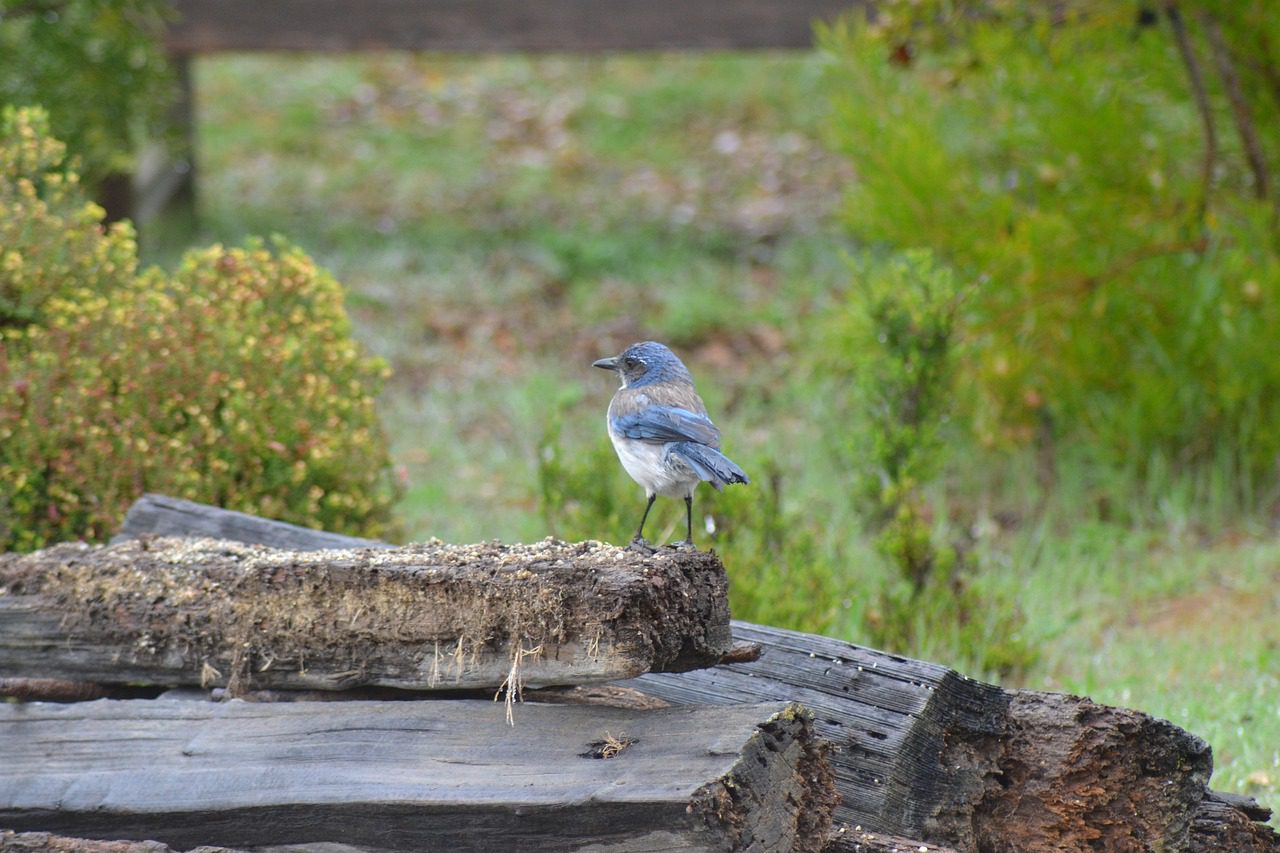See an explanation of the EPA’s new herbicide strategy from the UF/IFAS Tip of the Week.
The EPA has recently released its new herbicide strategy in response to a court ruling concerning the EPA’s consideration of endangered species, according to a UF/IFAS Tip of the Week article. The article shared that “In the past, the EPA did not directly address endangered species during registration. The agency certainly considered non-target organisms but not to the same standard that the Endangered Species Act implies, or so said the courts. In order to get in compliance, EPA had to move away from a product-by-product, species-by-species approach that was too slow.” The new strategy, called the Herbicide Strategy, means “the EPA is more robustly looking at endangered species during the registration and reregistration process, making faster more widespread decisions, and balancing that with the flexibility needed to change in the future. See the details of the EPA’s new herbicide strategy below.
The EPA’s New Herbicide Strategy
According to the article, the EPA’s new herbicide strategy includes these three steps:
- “Identify potential for population-level impacts. Will these products have any toxic impact on the listed species? If so, clearly define it.
- Identify type and level of mitigation. What types of things would mitigate the impact of those products that do pose a risk?
- Identify where mitigation applies. Is this simply crop dependent, state dependent or highly small and defined areas?”
The article shared that “Most of the mitigations focus on drift/erosion and keeping the herbicide on the farm.”
How it Affects Those in Ag
The article shared that the EPA will assign areas mitigation points, and that “Mitigation points are assigned based on how great the risk of erosion or drift might be. EPA will assign areas as very low, low, medium or high risk.”
Then, the EPA will offer a list of mitigation options, and the areas assigned as low, medium, or high risk will “require 3, 6 or 9 points worth of mitigation, respectively (very low likely to have no points needed). Get enough points from the menu of options, carry on. Fail to get enough points, you can’t use the product.”
Another change is that this information is not “etched in stone on the label, but found on a website,” giving the EPA “maximum flexibility to make changes as needed” as “websites count as labels now, so if a website is on the label, it counts as a label, too.”
Additionally, those in Pesticide Use Limitation Areas (PULAs) will also need to utilize the Bulletins Live! Two map to see if there are restrictions on the use of certain pesticides during the time a farmer plans to use the pesticide.
Griffin Fertilizer is committed to helping both growers and ranchers make sound agronomic and economic decisions in order to maximize the health of their grove and pasture. As a full-service custom dry & liquid fertilizer blender and crop protection product distributor, we will continue our mission to further advance Florida agriculture. For questions -or concerns about your farm or pasture, contact us and one of our team will be in touch.

